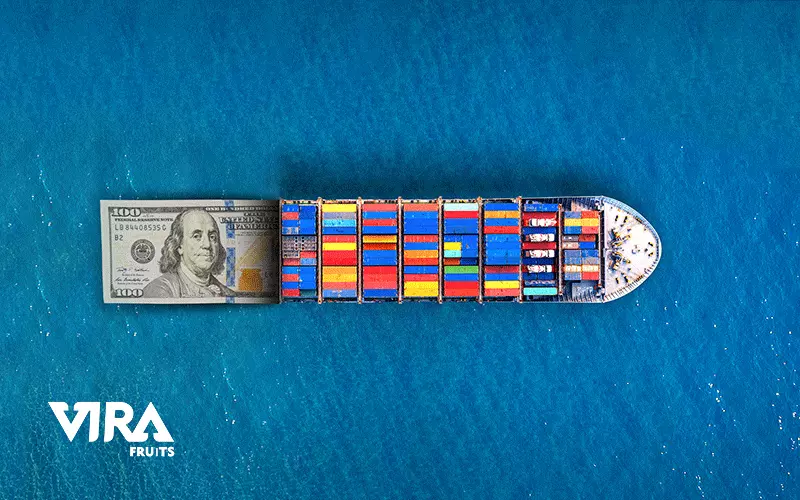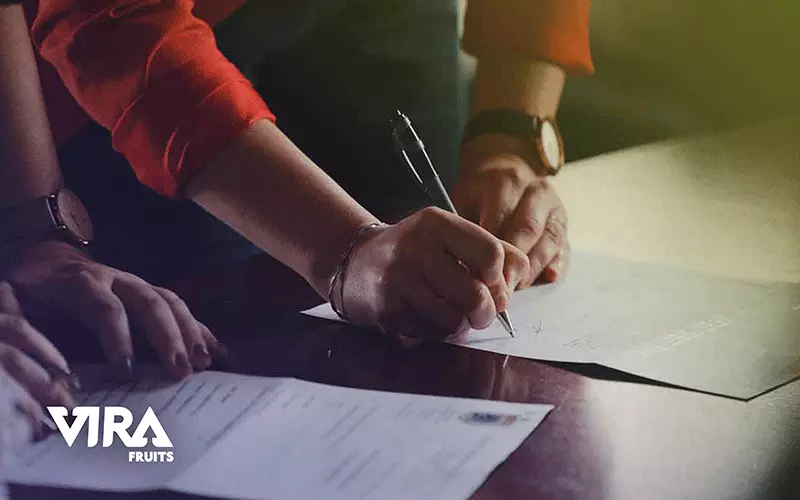You can understand what are high sea sales through this simple example. Someone orders certain items from an overseas seller. These goods are dispatched to the buyer by the foreign seller. He is liable to pay IGST if he brought the goods from abroad and took delivery after clearance.
However, the buyer may sell such goods to another person prior to the goods crossing Customs Frontiers from an overseas destination, i.e., while the goods are still on high seas. The IGST Act covers such transactions exactly under Section 7, and these transactions are referred to as high-seas sales in the international community.

Taxation time for GST
GST Council has decided that IGST on high sea sale (s) transactions of imported goods, whether one or multiple, will only be imposed and collected when importation, i.e., at the time of import declarations being submitted to Customs authorities for customs clearance.
In addition, any additional value accrued in a high sea sale will be included in the value that is subject to IGST collection at the time of clearance. Consequently, the final buyer would be responsible for paying GST at the point of import on the full value of the goods plus any value addition.

How are high sea sales agreements different from regular import agreements?
During normal importation of goods, the importer physically receives the goods from the port using a carrier and brings them into the country’s territory. The importer must file a Bill of Ladings (B/Ls) for such imports to assert his ownership rights over the goods.
In high sea sales, the original importer sells the goods to their customer whilst they are still at sea. Because the original importer does not enter the country directly, it’s different from regular imports. Original importers transfer ownership and title to buyers after they purchase the goods.
The Customs Act stipulates that a person who imports goods is responsible for paying the customs duty. In order to verify high sea sales, all necessary documents must be presented to the final buyer. Invoices from the original Importer (Original Buyer) along with Bills of Lading, Bills of Entry, and Certificates of Origin are included.

What are the documents you need for considering high sea sales under the GST law?
You will need the following documents in order to consider high sea sales under the GST law:
- High Sale Agreement
Original importer (Buyer) enters into a transaction with the subsequent buyer after clearance by Customs authorities. The buyer then takes possession of the consignment goods. This is called a high sale agreement.
- Insurance certificate
Certificates of Insurance refer to the fact that the original purchaser may also assign the insurance to the subsequent buyer (Second Purchaser) of the goods for import.
- Commercial Invoice
Commercial Invoice is in the currency of the destination country and cannot be in foreign currency. It is used for imports of goods under “High Sea Sale.” In addition to the line-item quantity, the commercial Invoice must include the rate of the imported items.
- Import invoice
This Invoice reflects the original contract made between the consignee and the seller located in the first country of origin. The difference between this Invoice and the high seas invoice is that the intermediary seller may alter the price of the goods on high seas.
- Certificate of the origin
Consignment goods are identified on this Certificate by their original destination. Additionally, this document is required to calculate Customs Duties, sanctions and certify quality and standards. On the high seas sale commercial invoice, the original buyer needs to attach the Certificate of Origin form.
- Bill of lading
Consignment goods are recorded by a Bill of Landing, which shows their ownership and title. Documents such as this Bill of Lading prove ownership of goods when they are sold on the high seas to a third party.
